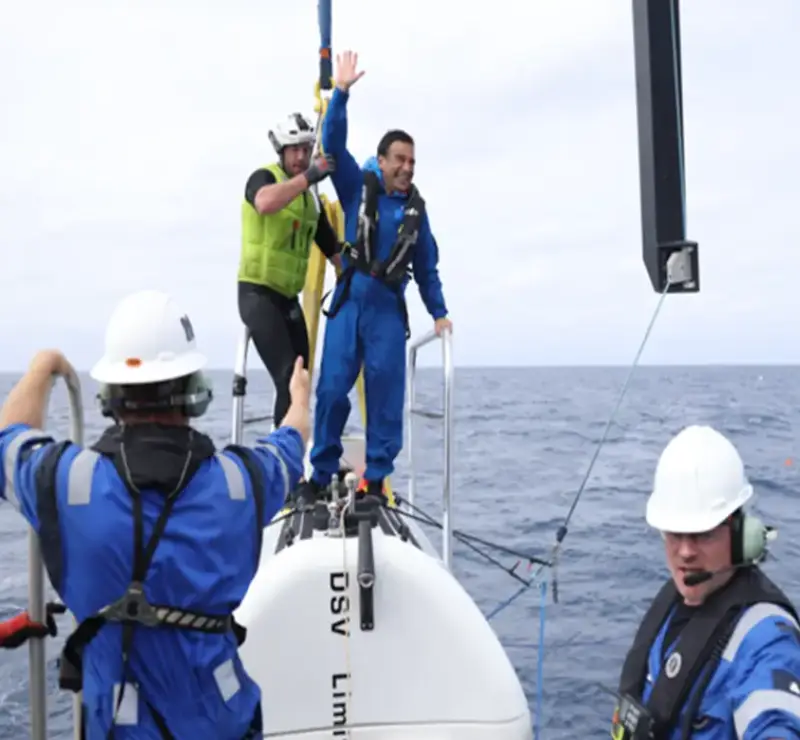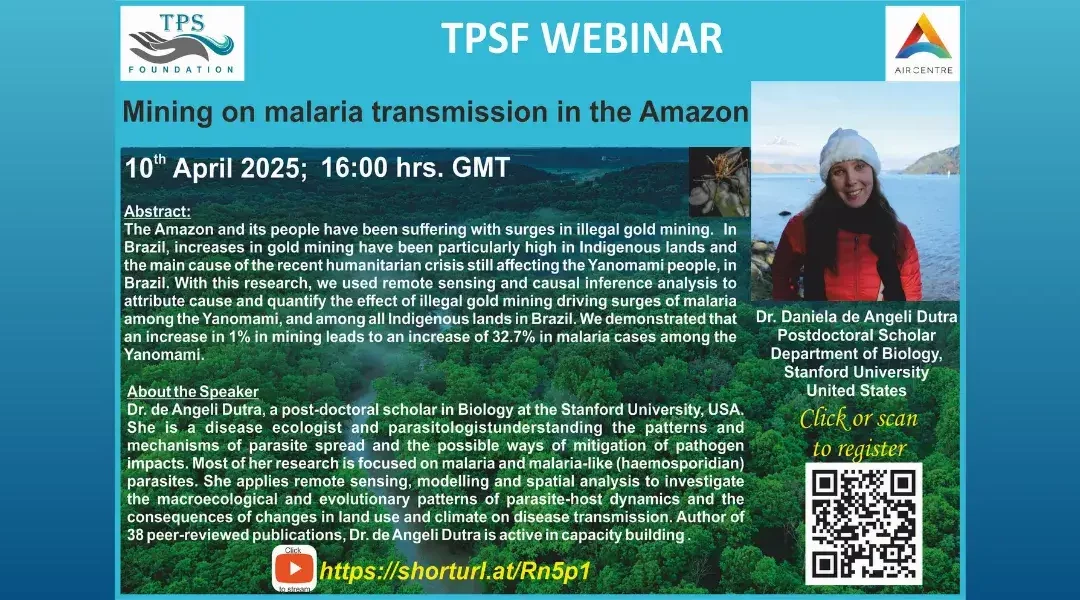
In January 20, 2022, microbial oceanographer Dr. Osvaldo Ulloa, director of the Millennium Institute of Oceanography, at Concepcion University in Chile, and fellow of the Trevor Platt Science Foundation, became the first human being to reach the deepest point of the Atacama Trench (Peru-Chile Trench) together with explorer Victor Vescovo.
They dove to a maximum depth of 8,069 meters. The feat was accomplished thanks to the invitation of Vescovo, a Texan explorer, pilot and entrepreneur, who asked Dr.Ulloa to join him onboard his research vessel, the DSSV Pressure Point, be the chief scientist, and dive along with him to the bottom of the unexplored hadal zone (the deepest part of the ocean, taken to be depths from 6000 to 11,000 m, hadal zone (the deepest part of the ocean, taken to be depths from 6000 to 11,000 m, see the hadal zone).
The fabulous underwater adventure took place onboard the submersible DSV Limiting Factor, a technologically advanced design that, for the first time, is allowing repetitive dives to the deepest, darkest regions of our oceans, including the Mariana Trench off Guam.

For Dr. Ulloa and his team of biological oceanographers and marine geologists, this opportunity represents the means to bring organisms, environmental DNA, photos and videos from the deep, for further study in the lab. Also, a chance to map the ocean bottom in high resolution. This ecosystem is so poorly understood, that any morsel of information is tremendously important in order to understand deep-ocean life, the dynamics of earthquakes and tsunamis, and the adaptations of hadal life forms to the enormous pressures of 12,000 pounds per square inch at the depths of the Atacama Trench.
“Trevor Platt was very important in inspiring young researchers. He encouraged us not to impose limits on ourselves regarding what we could achieve”, said Dr. Ulloa, whose expedition is also a reflection of the importance of international collaboration and science support to developing nations.
Contributed by:
Angela Posada-Swafford
Science journalist, author, lecturer, professor
MIT Knight Fellow in Science Journalism
https://www.angelaposadaswafford.com/
https://en.angelaposadaswafford.com/
twitter: @swaforini // Instagram: Angela Posada-Swafford
+1-305-788-1232
Alt. e mail: swafford_2001@yahoo.com
3700 Collins Ave #207, Miami Beach, FL 33140, USA


